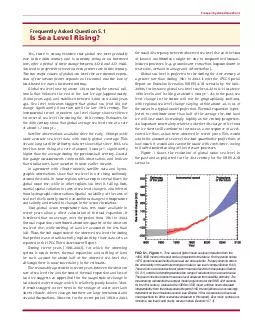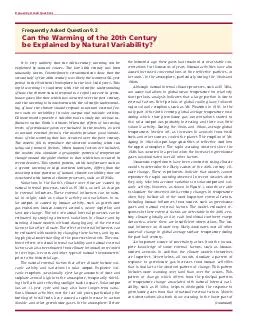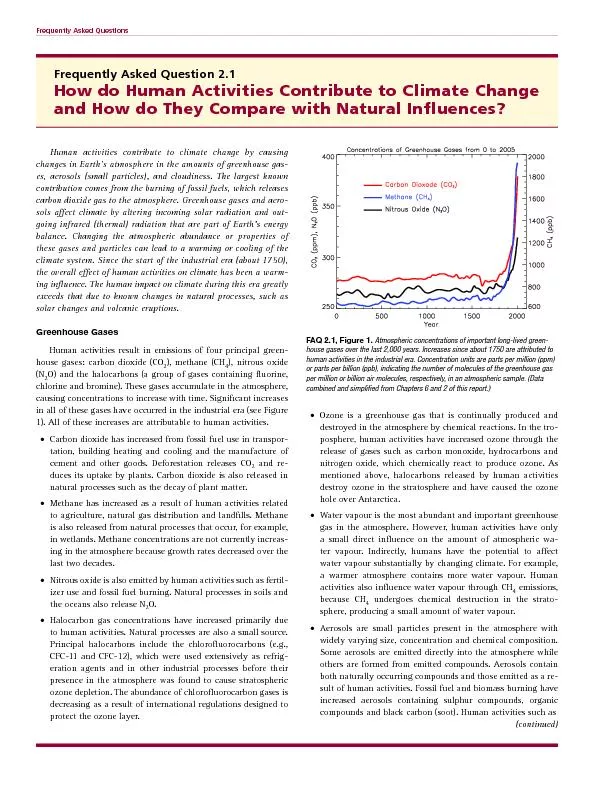PDF-Frequently Asked Questions Frequently Asked Question
Author : faustina-dinatale | Published Date : 2014-11-13
1 Is Sea Level Rising Yes there is strong evidence that global sea level gradually rose in the 20th century and is currently rising at an increased rate after a
Presentation Embed Code
Download Presentation
Download Presentation The PPT/PDF document "Frequently Asked Questions Frequently As..." is the property of its rightful owner. Permission is granted to download and print the materials on this website for personal, non-commercial use only, and to display it on your personal computer provided you do not modify the materials and that you retain all copyright notices contained in the materials. By downloading content from our website, you accept the terms of this agreement.
Frequently Asked Questions Frequently Asked Question : Transcript
Download Rules Of Document
"Frequently Asked Questions Frequently Asked Question "The content belongs to its owner. You may download and print it for personal use, without modification, and keep all copyright notices. By downloading, you agree to these terms.
Related Documents














